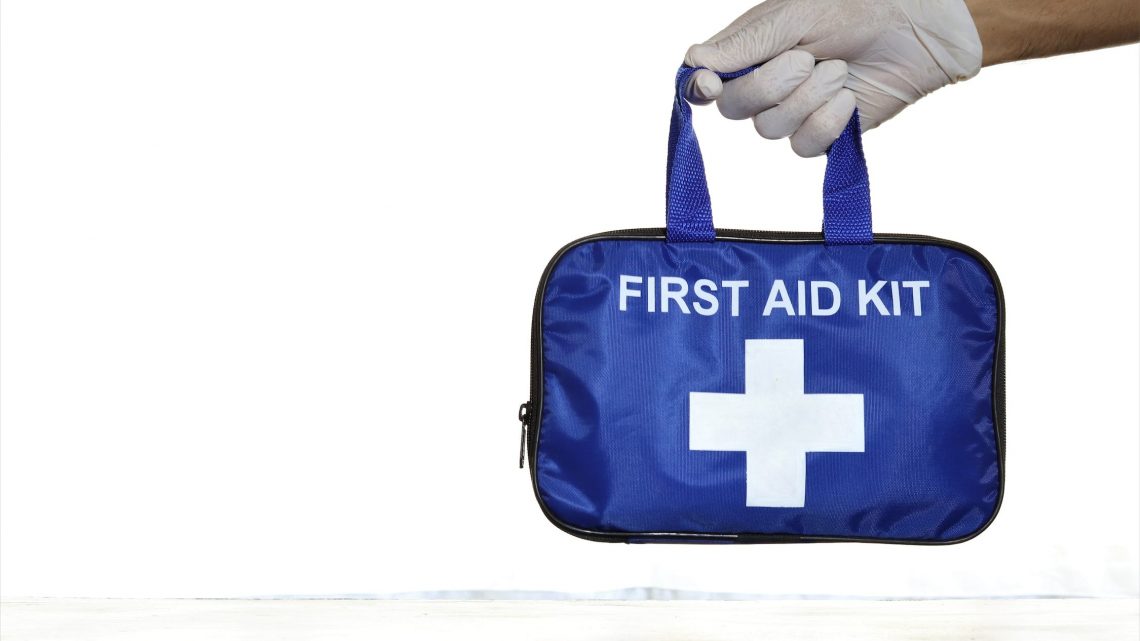Pet First Aid: How to Respond to Common Emergencies
April 6, 2023As a pet owner, it’s important to be prepared for emergencies that may arise with your furry friend. Knowing how to respond quickly and appropriately to emergencies can save your pet’s life. Here are some common pet emergencies and the steps you can take to handle them:
- Choking If your pet is choking, it’s important to act fast. If your pet is still conscious, try to remove the object that’s causing the choking. If you’re unable to remove the object, perform the Heimlich maneuver on your pet. If your pet is unconscious, start CPR immediately and seek veterinary care.
- Bleeding If your pet is bleeding, try to stop the bleeding by applying pressure to the wound with a clean cloth. Elevate the wound above the heart if possible, and seek veterinary care immediately.
- Heatstroke Heatstroke is a serious condition that can be fatal if not treated quickly. Signs of heatstroke include panting, vomiting, and lethargy. Move your pet to a cooler area and apply cool, wet towels to their body. You can also give them cool water to drink. Seek veterinary care immediately.
- Poisoning If you suspect your pet has ingested something toxic, call your veterinarian or the ASPCA Animal Poison Control Center immediately. Do not induce vomiting unless instructed to do so by a professional.
- Seizures If your pet is having a seizure, move them to a safe area where they won’t injure themselves. Do not try to restrain your pet, but make sure they are not near anything that could cause injury. Time the seizure and seek veterinary care immediately if the seizure lasts longer than five minutes or if your pet has multiple seizures.
It’s important to have a pet first aid kit on hand in case of emergencies. Your kit should include items such as gauze, bandages, antiseptic wipes, and tweezers. Make sure to also keep a list of emergency phone numbers, including your veterinarian and the nearest emergency veterinary clinic.
Knowing how to respond to common pet emergencies can make all the difference in an emergency situation. Be prepared and have a plan in place to keep your furry friend safe.
References:
- ASPCA. (n.d.). Pet First Aid Tips. Retrieved from https://www.aspca.org/pet-care/general-pet-care/pet-first-aid-tips.
- Canine Journal. (2019, July 8). Pet First Aid: A Comprehensive Guide. Retrieved from https://www.caninejournal.com/pet-first-aid/.
- Cornell University College of Veterinary Medicine. (n.d.). Emergency Care. Retrieved from https://www.vet.cornell.edu/departments-centers-and-institutes/cornell-feline-health-center/health-information/feline-health-topics/emergency-care.
- Red Cross. (n.d.). Pet First Aid. Retrieved from https://www.redcross.org/take-a-class/first-aid/cat-dog-first-aid.
- WebMD. (2021, August 18). Pet First Aid and Emergency Care. Retrieved from https://pets.webmd.com/first-aid-emergency-pets.


